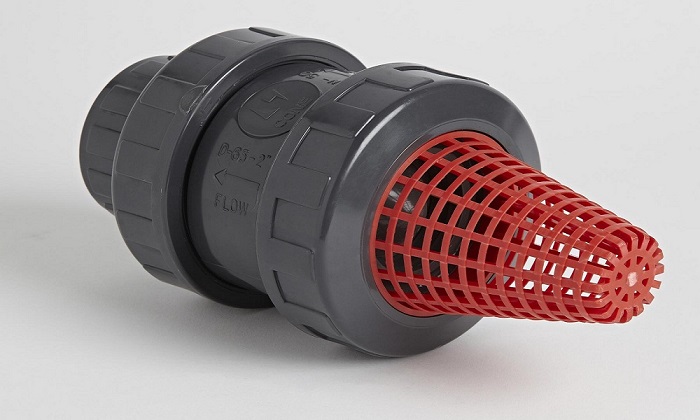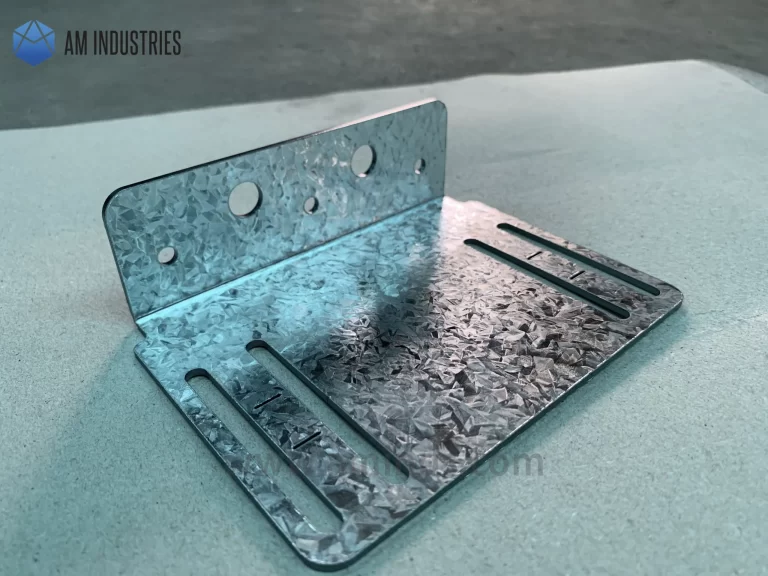Precision Craftsmanship: The Essential Role of Pliers in Construction
In the world of construction and DIY projects, precision is key, and having the right tools is crucial. Among these tools, the plier stands out as a versatile and essential instrument. Capable of gripping, bending, cutting, and twisting, pliers play a vital role in various tasks undertaken by tradespeople. This guide delves into the importance of pliers in construction, their diverse types, and how they contribute to efficiency and precision on-site.

What are the different types of pliers and how are they used in construction?
Pliers come in various types tailored to specific tasks. Needle-nose pliers are ideal for accessing tight spaces and gripping small objects, while lineman’s pliers excel in wire cutting and metal bending. Tongue and groove pliers, also known as water pump pliers, are adjustable and suitable for a wide range of tasks, from gripping pipes to turning nuts and bolts.
How do pliers contribute to efficiency and precision in construction projects?
Pliers provide a secure grip, enabling workers to handle materials with enhanced control and accuracy. Whether securing wires for soldering or bending metal rods to precise angles, pliers empower craftsmen to execute tasks with precision, reducing errors and rework. Additionally, the ergonomic design of modern pliers enhances comfort during prolonged use, minimizing fatigue and boosting productivity.
Can pliers be used with geosynthetic pond liners for construction projects?
Yes, pliers are essential in installing geosynthetic pond liners, commonly used for containment purposes. Pliers are used to grip and secure the liner, ensuring proper alignment and tension during installation. This precision is crucial for the longevity and effectiveness of the geosynthetic pond liner system.
What are some tips for selecting and maintaining pliers for construction work?
When selecting pliers for construction work, consider the specific tasks at hand and choose the appropriate type accordingly. Opt for pliers made from high-quality materials such as hardened steel for durability. Regular maintenance is key to keeping pliers in optimal condition, including cleaning after each use and inspecting for wear or damage.
Pliers are indispensable tools in construction, offering versatility, precision, and efficiency in various tasks. Whether gripping, bending, cutting, or twisting, pliers play a vital role in ensuring project success. By understanding the different types of pliers available and how to select and maintain them, tradespeople can maximize their effectiveness on-site and elevate the overall quality of their work.
